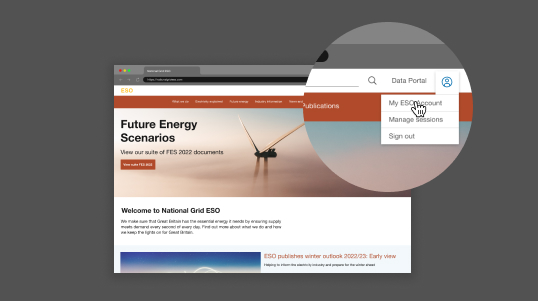GSR027: Review of the NETS SQSS Criteria for Frequency Control that drive reserve, response and inertia holding on the GB electricity system
This modification is required to address the specific actions from the Energy Emergency Executive Committee (E3C) and Ofgem final reports into the power outage of 9th August 2019 for the ESO to review, in consultation with industry, the NETS SQSS requirements that drive reserve, response and inertia holding on the GB electricity system.
Code Administrator Contact: [email protected]
Governance Route: Standard
Impacts:
* High: National Grid ESO, Consumers (and consumer organisations)
Medium Impact: Generators, Interconnectors, Network Operators
* Low: Transmission Owner companies
Implemented: 1 April 2021
Documents
